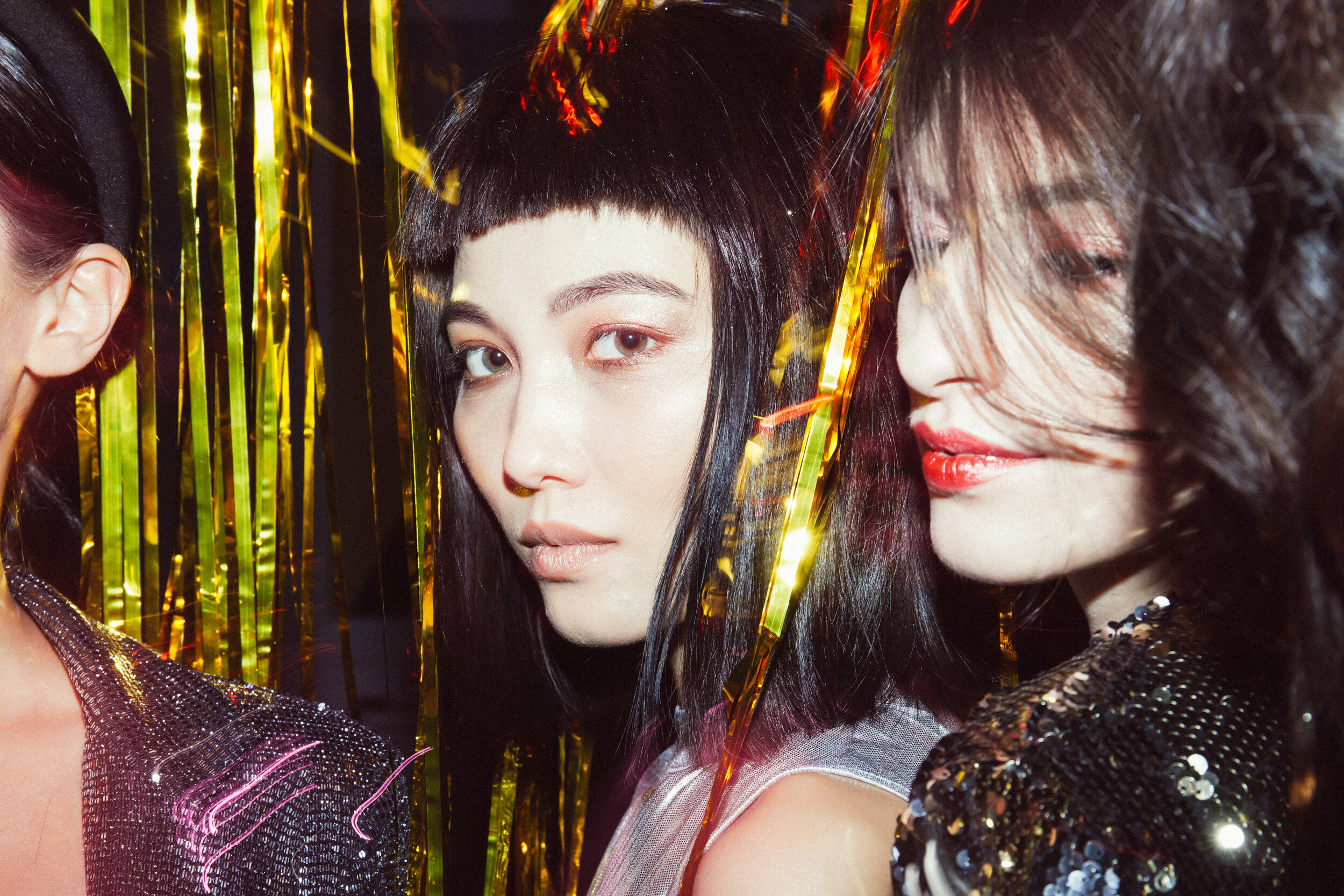Ever wondered why you can’t get rid of those pimples, or those annoying bumps along your forehead, no matter what anti-acne products you use? Turns out your hair might actually be the root cause of the problem.
According to dermatology expert Richard Fried, MD, oil-based hair care and styling products can clog the pores, which can become a breeding ground for bacteria. This, in turn, leads to breakouts in specific areas of the face, most commonly the hairline and the forehead. In fact, this problem is so common that experts have dubbed this type of skin issue as pomade acne.
That said, these problems are completely avoidable — if you understand what hairstyling habits to avoid. So, here are some of the things you should stop doing to prevent breakouts:
1.Wearing Bangs 24/7:
Bangs can be the number one culprit to hairline and forehead acne. Oil and sweat from your scalp can transfer onto the face because of your bangs, which clogs your pores and makes it easier for any dirt and bacteria to penetrate. Regularly touching and fixing your bangs will also worsen the situation. If you notice acne on these problem areas, consider giving your forehead and face a break by clipping back your hair especially on hot days, and wash your bangs whenever they get a little too oily.
2.Using Too Many Oil-based Hair Products:
Your scalp already produces its own oil, so using oil-based products leads to clogged, unhealthy hair follicles. As a result, excess oil can transfer onto your face, causing hairline acne to develop. To avoid this, stay away from greasy 2-in-1 shampoos as well as water or glycerin-based products.
Hair sprays and gels aren’t meant to be on your face, so they also have the potential to be the main catalyst causing your breakouts. If you absolutely must apply them, cover your skin when you spray, or you can try applying the product via your fingers or through a comb instead.
3.Unhealthy Showering Habits:
Make it a point to shower soon after working out. The sweat will transfer onto your skin and can be the source of acne on the neck, back, and hairline. A more effective way to shower would be to wash your hair before washing your body to ensure that your skin is clear of any dirt, suds, and product residue.
In our hair care tips blog post, we note that if you’re struggling with dry, discolored, or tangled hair alongside your skin issues, consider the possibility of hard water being the issue. Hard water contains calcium and magnesium, which can mess with the pH balance of your skin, weakening it against bacteria and infections. Installing a shower filter can alleviate this problem.
4.Forgetting to Clean Your Hair Accessories:
You can also get acne from the accessories you wear. A board-certified dermatologist, Rachel Nazarian, MD explains this phenomenon as acne mechanica, caused by the rubbing of materials on the skin. This can irritate your skin and result in breakouts. Plus, warm and enclosed environments can harbor acne-causing bacteria.
Hats and headbands are some of the accessories you should minimize wearing if you’re prone to experiencing forehead and hairline breakouts. At the very least, you should opt for breathable fabrics and ensure that you clean your hair accessories regularly.
5.Choosing Harmful Hair Dye:
Phenylenediamine, an ingredient in hair dye, can cause irritation, and even dermatitis or acne on worse outcomes. If you are an avid user of boxed dyes and DIY kits, you might notice acne flare-ups on your hairline and back. Harmful chemicals are likely being washed out of your hair and onto your skin. Consider getting your color treatment from experts who use quality products, and can talk you through the ingredients you should avoid. You can also look into vegan dyes if your skin is extra sensitive.
If you’re a bit of an acne emergency, observe if any of these hairstyling practices are causing it. Try our tips, and consider consulting with a dermatologist and a hair specialist to help you sort it out.





